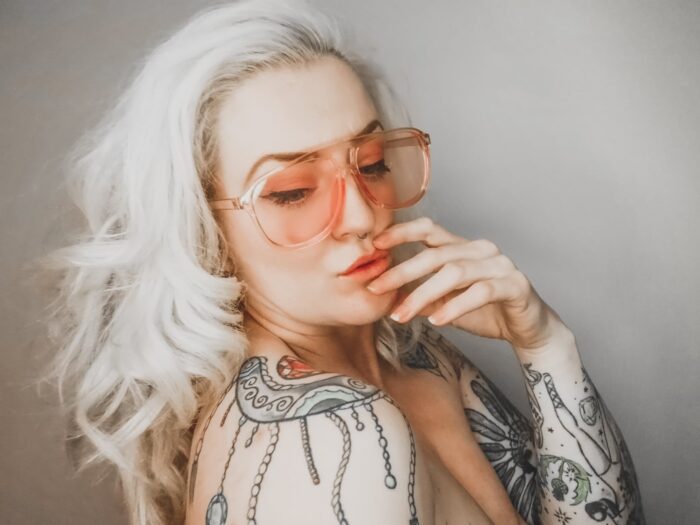In the wild, wild west of social media, where likes and follows reign supreme, the landscape is littered with a species that’s becoming increasingly hard to ignore: the fake influencer. They’re like weeds in a garden, choking out the authenticity and trust that should be the bedrock of influencer marketing. But fear not, fellow socialite, for I come bearing the blunt truth and some upbeat guidance on how to spot these imposters and dodge those bad brand deals.
Let’s start with the basics: What exactly is a fake influencer? These are individuals who’ve mastered the art of deception, inflating their follower counts with bots or buying fake followers outright. They might even resort to Photoshop wizardry to create a facade of luxury and influence. But as the saying goes, you can’t Photoshop personality, and sooner or later, the facade cracks.
In the UK, we’ve seen some high-profile cases of fake influencers getting their comeuppance. Take the infamous case of Belle Gibson, the Australian influencer who claimed to have cured her terminal cancer through diet and alternative therapies. Turns out, it was all a lie, and she was caught red-handed. Closer to home, the likes of Elle Darby faced backlash after using her influencer status to score freebies from hotels, sparking a debate about the ethics of influencer marketing. Lets not even cover the resurfacing of her seemingly racist posts online.
So, how can you avoid falling prey to these charlatans? Here are some blunt but effective tips:
- Scrutinise Their Engagement: A massive following means nothing if their engagement is as dry as the Sahara. Look for genuine interactions—comments, shares, and meaningful conversations. If it feels like they’re shouting into the void, they probably are.
- Check Their Growth Rate: Rome wasn’t built in a day, and neither is a legitimate following. Beware of sudden spikes in followers or erratic growth patterns, which could indicate bot activity. Sometimes it not intentional but it does mean they are marketing to accounts that arent real.
- Investigate Their Content: Is their content consistent, coherent, and reflective of a genuine persona? Or does it feel like a mishmash of random products and hashtags? Authenticity leaves clues.
- Sell Sell Sell: Are they always selling something but not actually sharing anything that isnt? This isnt QVC.
Now, let’s talk about those dodgy brand deals. It’s no secret that influencers often rely on brand partnerships to pay the bills, but not all deals are created equal. Keep an eye out for inconsistencies—does their promotion of a slow fashion business align with their previous endorsements of something like Pretty Little Thing? If something smells fishy, it’s probably because there’s a catch.
In conclusion, navigating the unsteady waters of influencer marketing requires a healthy dose of skepticism and a keen eye for authenticity. Don’t be afraid to call out the fakes and demand transparency from brands and influencers alike.



